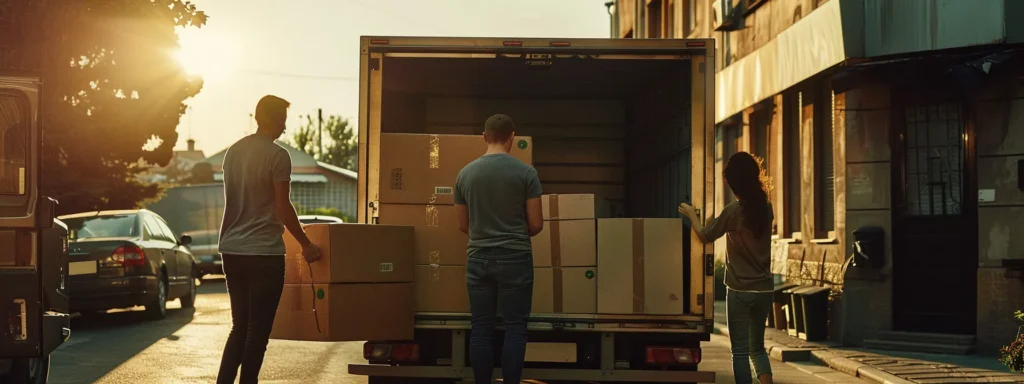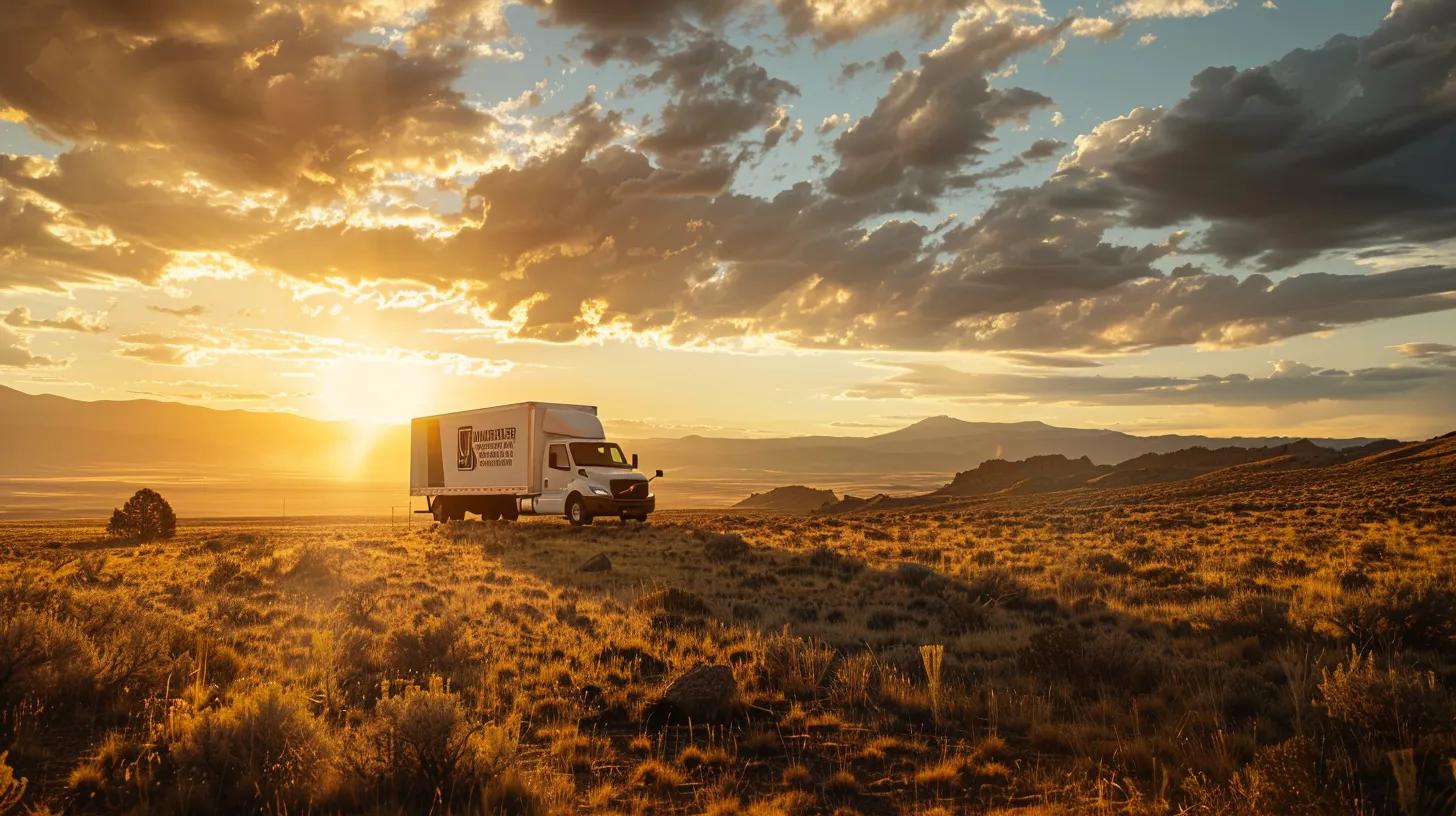Table Of Contents:
- Streamline Your Interstate Relocation: The Ultimate Moving Checklist
- Prepare for Your Interstate Move Well in Advance
- Set a Realistic Moving Budget
- Create a Comprehensive Moving Timeline
- Research and Choose a Reputable Moving Company
- Notify Important Parties of Your Move
- Gather Essential Documents and Records
- Declutter and Organize Your Belongings
- Declutter and Organize Your Belongings
- Sort Items by Category
- Decide What to Keep, Donate, or Discard
- Host a Garage Sale or Use Online Platforms
- Properly Dispose of Unwanted Items
- Inventory Your Possessions for Insurance
- Efficient Packing Strategies for a Smooth Transition
- Gather Quality Packing Supplies
- Pack Room by Room to Stay Organized
- Label Boxes Clearly With Contents and Destination
- Protect Fragile Items With Appropriate Materials
- Prepare an Essentials Box for Immediate Needs
- Address Important Logistics and Legal Requirements
- Address Important Logistics and Legal Requirements
- Update Your Address With Postal Services
- Transfer Utilities and Home Services
- Register Your Vehicle and Update Your Driver’s License
- Understand State-Specific Taxes and Regulations
- Arrange Child and Pet Care for Moving Day
- Ensure a Successful Moving Day
- Ensure a Successful Moving Day
- Confirm Details With Your Moving Company
- Prepare Your Home for Movers’ Arrival
- Keep Important Items Accessible
- Plan Your Travel to the New Location
- Conduct a Final Walkthrough of Your Old Home
- Settle Into Your New Home Comfortably
- Unpack Strategically Starting With Essentials
- Check Belongings for Any Damage
- Get Acquainted With Your New Neighborhood
- Secure Your New Home and Set Up Safety Measures
- Establish New Routines and Stay Organized
Streamline Your Interstate Relocation: The Ultimate Moving Checklist
Are you feeling overwhelmed by the thought of your interstate relocation? You’re not alone—many people find moving long distances stressful and complex. In this guide, I’ll share an ultimate moving checklist to help you prepare for your move efficiently. We’ll cover how to declutter your belongings, efficient packing strategies, and essential logistics like setting up public utilities in your new area. By following these steps, you’ll streamline the process and minimize moving costs, allowing you to focus on settling into your new home comfortably. Let’s tackle this together!
Prepare for Your Interstate Move Well in Advance
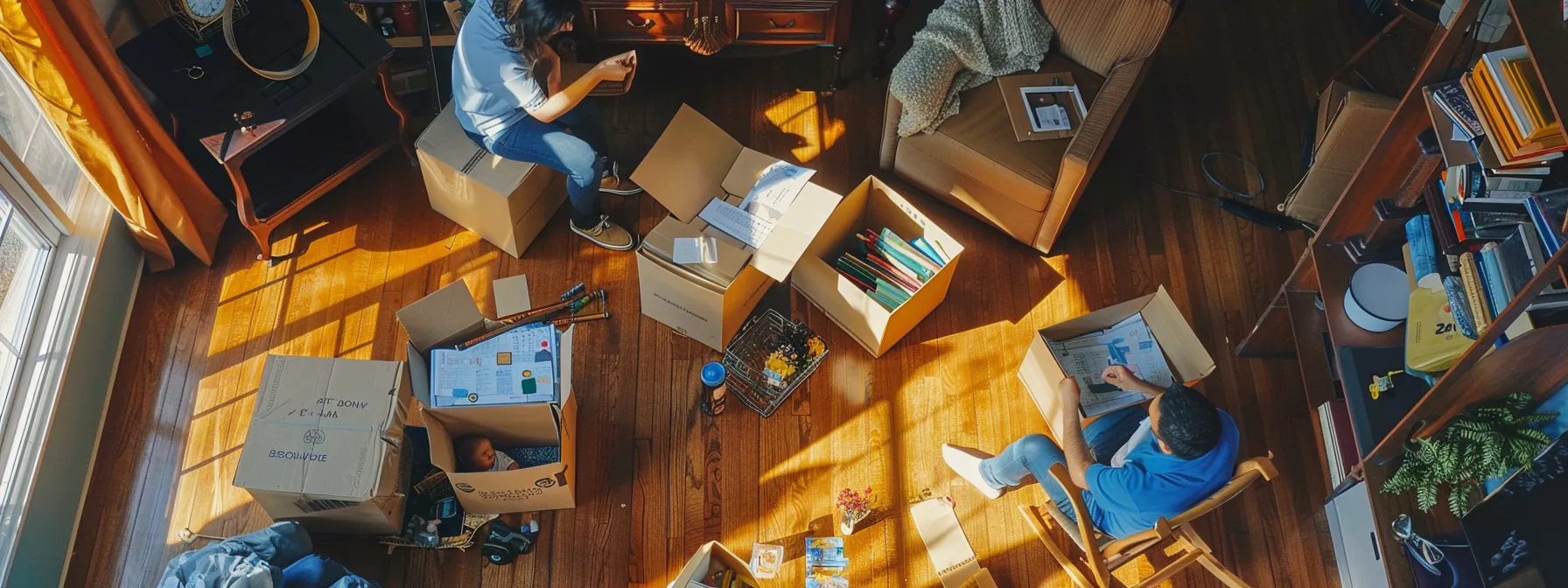
To ensure a smooth interstate move, I recommend starting with a realistic moving budget that considers all expenses, including logistics and moving services. Next, create a comprehensive moving timeline to keep you organized. Research and select a reputable company that offers white glove moving options, providing excellent customer service. Be sure to notify important parties of your move and gather essential documents and records from the FMCSA Official Site for a hassle-free transition.
Set a Realistic Moving Budget
Setting a realistic moving budget is essential for an efficient interstate relocation. I recommend factoring in all potential costs, including hiring professional movers, purchasing packing supplies, and any additional services offered by reputable moving companies. Research the licensing and brandreputation of different movers to ensure you are working with trusted professionals and then weave these costs into your budget, allowing for a smooth transition without unexpected surprises. Visit the FMCSA Official Site for more information.
Create a Comprehensive Moving Timeline
Creating a comprehensive moving timeline is crucial for a successful interstate relocation. I recommend starting this process a couple of months in advance, allowing adequate time to engage professional long distance movers and arrange logistics. Break down tasks into manageable sections—like scheduling a garage sale to declutter or deciding what to pack in crates—ensuring every detail is covered as you approach moving day. This structured approach will help you stay organized and reduce the stress often associated with moving large items in a van, especially when coordinating with companies like International Van Lines and checking regulations on the FMCSA Official Site.
| Timeline Stage | Task | Date/Deadline |
|---|---|---|
| 8 Weeks Before | Research long distance movers and get estimates | [Date] |
| 6 Weeks Before | Decide on moving date and book movers | [Date] |
| 4 Weeks Before | Set up packing strategy and gather supplies | [Date] |
| 2 Weeks Before | Hold a garage sale and donate unneeded items | [Date] |
| 1 Week Before | Confirm details with movers and pack essentials | [Date] |
| Moving Day | Oversee loading of van and conduct final walk-through | [Date] |
Research and Choose a Reputable Moving Company
When I set out to move interstate, the first priority was to research and choose a reputable moving company. I started by asking for recommendations from friends and family and checking online reviews to gauge different companies’ reliability and service quality. Understanding the weight of my inventory helped me get accurate estimates and avoid unexpected expenses, and I created a checklist to ensure I gathered necessary information about their licensing and insurance from the FMCSA Official Site. Taking these steps not only provided peace of mind but also streamlined the entire relocation process, allowing me to focus on other details of my move.
Notify Important Parties of Your Move
Notifying important parties of your move is a critical step that shouldn’t be overlooked. I suggest contacting utilities, banks, and any subscription services to inform them of your relocation. It’s also wise to check with your chosen state moving company, like Allied Van Lines, to ensure they have your new address for any needed deliveries. Additionally, if your move involves interstate logistics, don’t forget the United States Department of Transportation may require you to update your information for regulatory reasons. Maintaining open communication with all involved parties not only enhances customer satisfaction but also reinforces your good reputation as a reliable mover. Don’t forget to check the FMCSA Official Site for any additional guidance or requirements.
Gather Essential Documents and Records
Gathering essential documents and records is a vital step in streamlining your interstate relocation. I recommend compiling items such as your moving broker‘s contact information, insurance policy details, and important credit documents to ensure a smooth process. Before moving day, I found it helpful to take the Marie Kondo approach—recycling unnecessary papers while retaining those that provide necessary information—so that I could maintain a clear and organized file that I could easily access as needed during my transition.
Moving time arrives quickly, often before you’re ready. It’s a good moment to think about what you truly need; this is where decluttering becomes essential.
Declutter and Organize Your Belongings
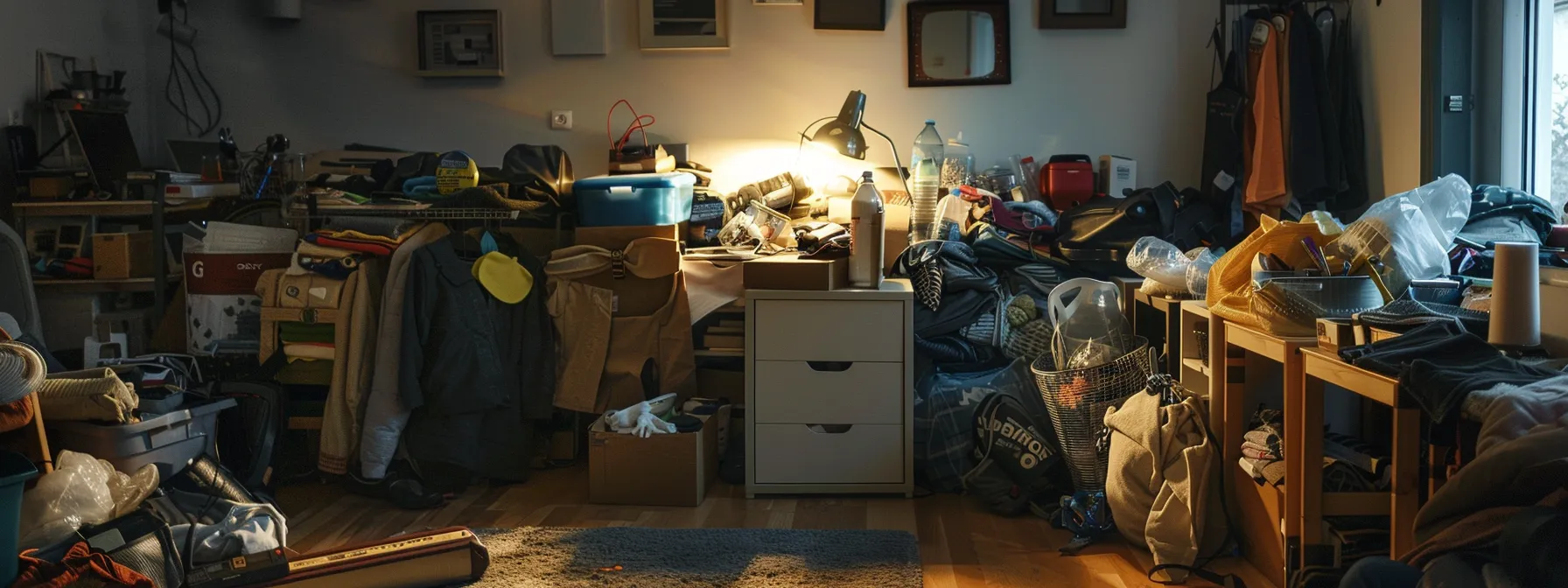
Declutter and Organize Your Belongings
To streamline your interstate relocation and enhance your moving experience, it’s essential to declutter and organize your belongings. Start by sorting items by category, and decide what to keep, donate, or discard. I found hosting a garage sale or using online platforms effective for selling unwanted items. Additionally, properly disposing of items not sold and maintaining an inventory of possessions is crucial for insurance purposes, ensuring your transition with professional moving company or removalists goes smoothly.
Sort Items by Category
When preparing for my interstate move, sorting items by category was an effective way to manage my expenses and streamline the process. I divided my property into essential groups such as clothing, kitchenware, and electronics, which made it easier to determine what to keep, donate, or discard. This method not only facilitated the packing for interstate moving companies but also helped me estimate costs for moving contracts, ensuring that I wasn’t subject to unexpected fees along the way.
| Category | Items | Action |
|---|---|---|
| Clothing | Seasonal wear, shoes | Keep, donate |
| Kitchenware | Pots, pans, utensils | Keep, discard duplicates |
| Electronics | TV, laptop, chargers | Keep, sell old items |
| Furniture | Couches, tables, chairs | Donate, sell |
| Books | Novels, textbooks | Keep, donate |
Decide What to Keep, Donate, or Discard
Deciding what to keep, donate, or discard is a critical step in simplifying your interstate relocation. I found that being honest with myself about how often I used certain items helped a lot. For instance, if I hadn’t touched a piece of clothing or furniture in over a year, it was likely time to part with it. I used a method of sorting by categories to streamline the process, allowing me to measure the cargo I needed for my long-distance move with United Van Lines and ensuring I only took what truly mattered.
| Category | Items | Action |
|---|---|---|
| Clothing | Seasonal wear, shoes | Keep, donate |
| Kitchenware | Pots, pans, utensils | Keep, discard duplicates |
| Electronics | TV, laptop, chargers | Keep, sell old items |
| Furniture | Couches, tables, chairs | Donate, sell |
| Books | Novels, textbooks | Keep, donate |
Host a Garage Sale or Use Online Platforms
Hosting a garage sale or utilizing online platforms is an effective way to declutter before your interstate move. I found that categorizing items and pricing them attractively helped attract buyers, reducing the load for my professional moving service. If I didn’t sell everything, I made sure to donate items, which not only simplified my move but also felt rewarding. Additionally, platforms like Facebook Marketplace or Craigslist can reach a wider audience, making it easier to sell larger items, such as furniture or vehicles, while ensuring I stayed within my flat-rate budget for hiring interstate movers.
Properly Dispose of Unwanted Items
Properly disposing of unwanted items is essential when preparing for your move with an interstate moving company. I often found that donating usable items to local charities not only reduces clutter but also contributes positively to the community. For items that are damaged or no longer functional, I recommend checking local laws and regulations regarding disposal to avoid any potential arbitration issues while also being mindful of the cost of living adjustments in your new area.
| Item Category | Disposal Method | Example Organizations |
|---|---|---|
| Clothes | Donation | Goodwill, Salvation Army |
| Electronics | Recycling | Best Buy, e-waste recycling centers |
| Furniture | Donation or Sale | Habitat for Humanity, Facebook Marketplace |
| Household Hazardous Waste | Special Disposal Events | Local municipal collection sites |
| Books | Donation or Sell | Public library, online platforms |
Inventory Your Possessions for Insurance
When I moved interstate, I quickly learned the value of inventorying my possessions for insurance purposes. I kept a detailed list, including the make, model, and approximate value of each item, which helped me communicate effectively with my moving company, such as Allied. Additionally, I noted the telephone number of my insurance provider to ensure I had all necessary documents ready in the event of a claim, which provided peace of mind during the process. Utilizing this tip not only safeguarded my belongings but also eased the customs clearance for any complicated items I was moving, making my relocation smoother overall.
Once you’ve cleared out the clutter, it’s time to focus on what matters. Efficient packing strategies will make your move easier and more organized, ensuring a smooth transition.
Efficient Packing Strategies for a Smooth Transition
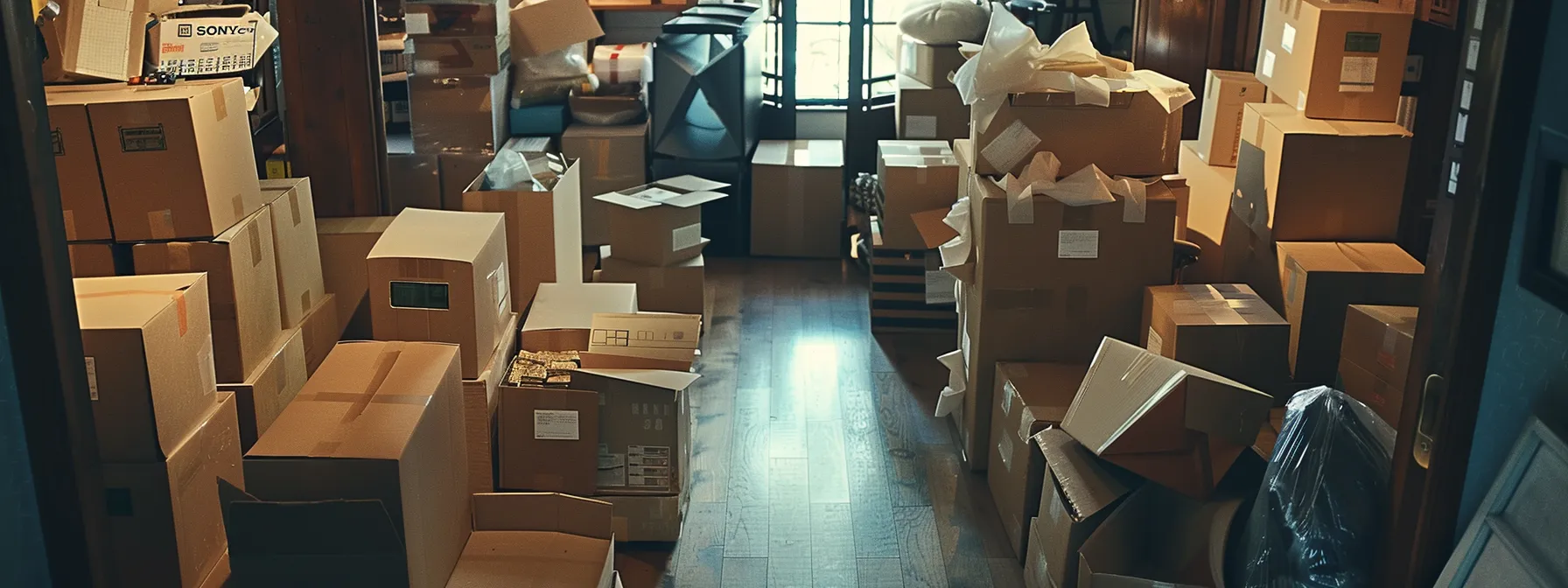
To streamline your interstate relocation and ensure an efficient moving day, it’s crucial to gather quality packing supplies before you start. Packing room by room helps keep everything organized, while labeling boxes clearly with their contents and destination eases the unloading process. I’ll also share how to protect fragile items using the right materials and the importance of preparing an essentials box for immediate needs, which will save you time during the transition.
Gather Quality Packing Supplies
Gathering quality packing supplies is critical for a seamless interstate relocation. I always ensure I have ample boxes in various sizes, strong tape, and protective materials like bubble wrap to safeguard fragile items during transport. Paying attention to detail in this process not only enhances accessibility when unpacking but also protects my belongings, giving me peace of mind as I work with reputable movers like North American Van Lines to make my move as efficient as possible.
Pack Room by Room to Stay Organized
Packing room by room is an effective strategy that I found invaluable during my recent interstate move. This method not only keeps items organized but also helps me remember which boxes belong to each area, simplifying the unpacking process when I arrived at my new home. For example, with careful attention to packing my antique items, I ensured they were well-protected, which is important when working with respected companies like American Van Lines or North American Van Lines, especially if they require the oversight of the Federal Motor Carrier Safety Administration for transporting fragile belongings. Additionally, by breaking down the packing process and estimating the overall price of my move, I could manage my time and resources more effectively, alleviating some of the common stressors associated with relocating.
Label Boxes Clearly With Contents and Destination
Labeling boxes clearly with their contents and destination is one of the best strategies I discovered during my interstate move. By marking each box accurately, I minimized the risk of damages and confusion upon arrival at my new home. It’s wise to create a ballparkinventory list, which not only helps with organization but also assists in satisfying your landlord‘s or property management’s requirements, particularly if they need to assess any potential tax implications stemming from damages during the move:
| Box Number | Contents | Destination Room |
|---|---|---|
| 1 | Kitchenware (pots, pans) | Kitchen |
| 2 | Winter Clothing | Bedroom |
| 3 | Books | Living Room |
| 4 | Office Supplies | Office |
Protect Fragile Items With Appropriate Materials
Protecting fragile items during an interstate moving process is critical to ensuring they arrive at your new home intact. I found that using high-quality packing materials such as bubble wrap, foam peanuts, and sturdy boxes greatly reduces the risk of damage. Additionally, it’s vital to understand how moving insurance and valuation services work, as these can provide peace of mind against potential complaints or issues with liability insurance should an accident occur during transit.
Prepare an Essentials Box for Immediate Needs
Preparing an essentials box for immediate needs is crucial when planning for a long-distance move. When I first relocated, I made sure to include important items such as personal identification, essential clothing, toiletries, and any necessary medication, ensuring easy access during the transition. Additionally, I found it helpful to incorporate a mobile app that tracked my moving policy and kept digital copies of my motor vehicle documents, making everything more streamlined and manageable as I navigated the challenges of expedited Long-Distance Moving.
Packing is just the beginning. Next, we must unravel the logistical and legal threads that will keep your move on track.
Address Important Logistics and Legal Requirements
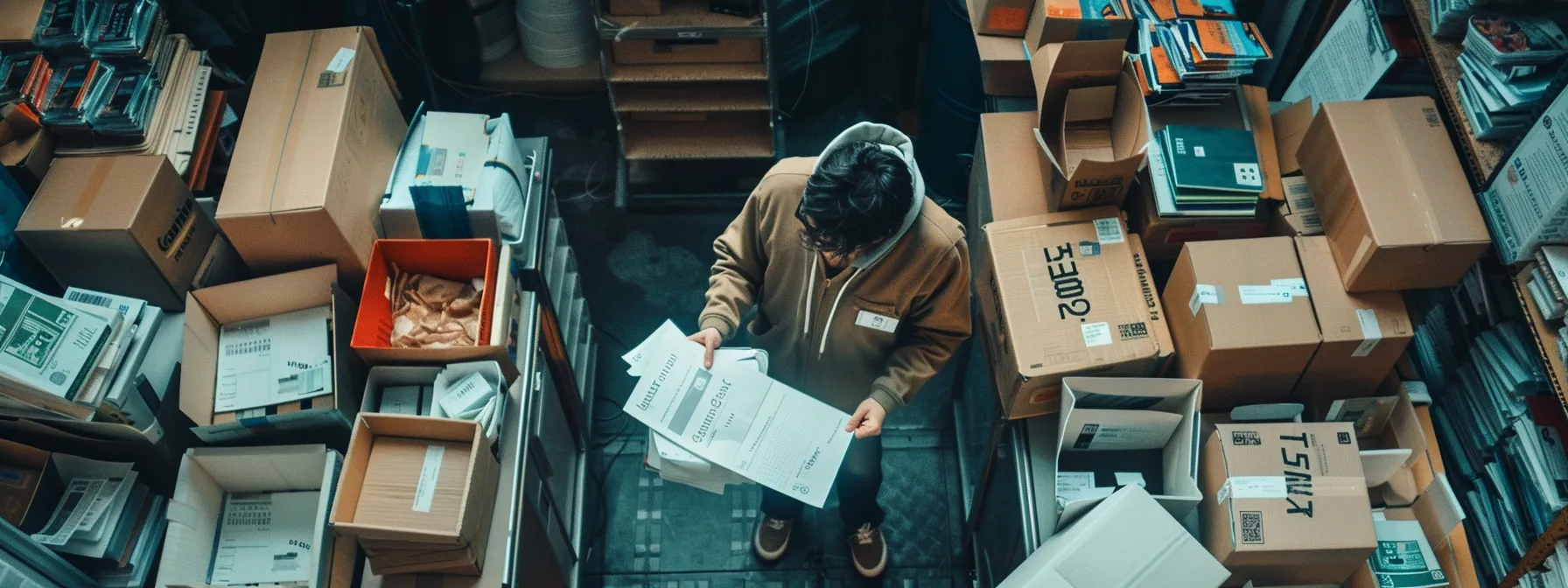
Address Important Logistics and Legal Requirements
Updating your address with postal services is crucial for smooth interstate moves. I’ll cover transferring utilities and home services, registering your vehicle, and updating your driver’s license. Additionally, understanding state-specific taxes and regulations will help avoid surprises. Don’t forget to arrange child and pet care on moving day to minimize stress and ensure everyone’s safety.
Update Your Address With Postal Services
Updating your address with postal services is a crucial step in ensuring that your mail follows you seamlessly after your interstate move. During my relocation, I quickly learned that I needed to research the steps to update my address with the USPS and complete this process well in advance. I found it helpful to use their online system, allowing me to click a button to submit my new address, which also updated my records with your estate agent and any renting agreements I had in place. This simple yet effective action prevented missing important correspondence during the transition:
- Research the process to update your address with the USPS.
- Utilize online tools for a quick update.
- Inform your estate agent about your new address.
- Ensure all renting agreements reflect your new information.
Transfer Utilities and Home Services
Transferring utilities and home services is essential for a seamless interstate move. I found that notifying providers well ahead of my moving date allows for smoother transitions without interruptions to essential services like electricity, water, and internet. It’s important to make a checklist of all utilities to ensure you’ve covered everything and determine how they align with your budget, especially when factoring in costs that might require cash for deposits or reconnecting services:
- Identify all utilities and service providers to transfer.
- Notify each provider of your moving date and new address.
- Confirm final bills and payments to avoid surprises.
- Schedule the start dates for utilities in your new home.
- Consider temporary services if there will be a gap during the move.
Register Your Vehicle and Update Your Driver’s License
When I relocated to a new state, registering my vehicle and updating my driver’s license became top priorities. Each state has different requirements, so I made sure to check the local Department of Motor Vehicles (DMV) website for specific instructions. It’s essential to gather necessary documents like proof of residency, vehicle title, and insurance information to make the process as smooth as possible. This step not only ensures compliance with the law but also helps to avoid fines or complications down the line:
- Visit the local DMV website to understand state-specific requirements.
- Gather necessary documents including proof of residency and insurance.
- Complete the registration process within the stipulated time frame.
Understand State-Specific Taxes and Regulations
Understanding state-specific taxes and regulations is essential for a smooth interstate move. When I relocated, I quickly realized that each state has unique tax laws that could affect my budget and financial planning. For instance, items like vehicle registration fees or sales taxes on moving services varied significantly, so I made it a priority to research these details. Being informed not only prepared me for any unexpected costs but also helped me comply with local regulations, ensuring my transition was hassle-free.
Arrange Child and Pet Care for Moving Day
Arranging child and pet care for moving day is crucial to ensuring a smooth interstate relocation. From my experience, I found that securing a safe and comfortable environment for my kids and pets allowed me to focus on the logistics of the move. It’s helpful to schedule a trusted caregiver or pet sitter well in advance, keeping everyone calm and reducing stress while the movers are in and out of the house, making the day much more manageable for everyone involved.
With the paperwork handled, you can breathe a sigh of relief. Now, let’s focus on how to make moving day go off without a hitch.
Ensure a Successful Moving Day
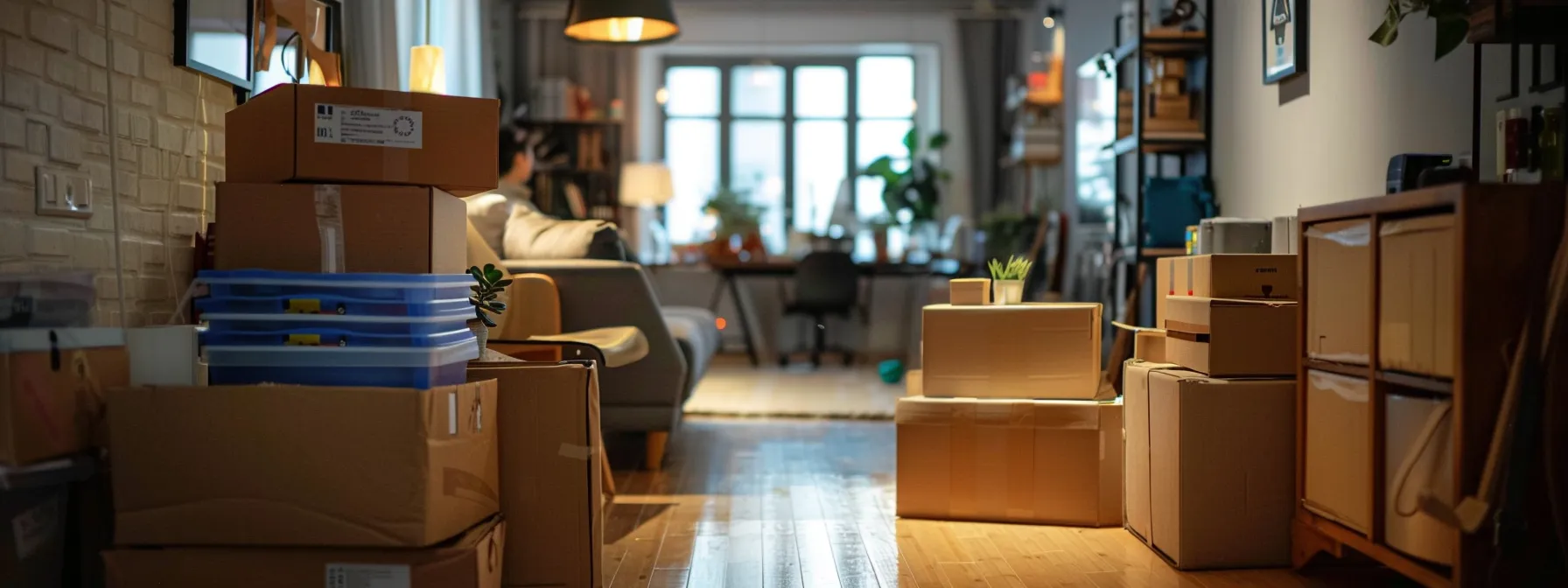
Ensure a Successful Moving Day
To guarantee a smooth moving day, I focus on key preparations. First, I confirm all details with my moving company to ensure everyone is on the same page. Next, I prepare my home for the movers‘ arrival, making sure pathways are clear. I also keep essential items accessible for easy reach and plan my travel to the new location effectively. Lastly, I conduct a final walkthrough of my old home to ensure nothing is left behind. Following these steps enhances the moving process and reduces stress, allowing me to transition into my new home smoothly.
Confirm Details With Your Moving Company
Confirming the details with your moving company is a vital step to ensure a successful moving day. A couple of days before the move, I recommend reaching out to verify the schedule, review any special instructions, and double-check the inventory list. This proactive communication helps prevent miscommunication and ensures that everything is organized for a seamless transition to your new home.
| Confirmation Detail | Description |
|---|---|
| Date and Time | Verify the scheduled moving day and arrival time of the movers. |
| Special Instructions | Review any specific tasks or requests needed for your move. |
| Inventory List | Confirm the items listed for transport match what you expect. |
| Contact Information | Ensure you have the right contact details for the moving company in case of emergencies. |
Prepare Your Home for Movers' Arrival
Preparing your home for the movers‘ arrival is a crucial step in ensuring a successful moving day. I recommend clearing pathways, removing any obstacles, and designating specific areas for the moving team to work in. This not only speeds up the loading process but also helps prevent any accidents in your home. In doing so, I ensured that the movers could access all necessary items easily, which ultimately made my relocation much smoother:
| Preparation Detail | Action Required |
|---|---|
| Clear Pathways | Remove furniture and decorations that may obstruct movement. |
| Designate Working Areas | Allocate spaces where movers can stage and sort items. |
| Secure Important Items | Set aside valuables and important documents for safe keeping. |
| Notify Neighbors | Inform neighbors about your moving day to minimize disturbances. |
Keep Important Items Accessible
Keeping important items accessible on moving day is crucial for a smooth transition. I always pack a dedicated essentials box filled with vital items such as personal identification, medications, and toiletries. This way, I can easily access everything I need during the busy moving process, ensuring that I don’t have to rummage through multiple boxes to find what I need. Here’s a helpful list to consider:
| Essential Item | Purpose |
|---|---|
| Personal Identification | Needed for verification and emergency situations |
| Medications | Ensure access to necessary prescriptions |
| Toiletries | Maintain hygiene during the move |
| Change of Clothes | For comfort after the move |
| Chargers and Electronics | Stay connected and keep devices powered |
Plan Your Travel to the New Location
Planning your travel to the new location is a vital part of ensuring a successful moving day. I always set a route in advance, taking into account potential traffic delays and rest stops to make the journey as smooth as possible. It’s also important to coordinate my travel time with the arrival of the moving company, so I’m there to oversee the unloading process, helping everything go according to plan and making the transition to my new home seamless.
Conduct a Final Walkthrough of Your Old Home
Conducting a final walkthrough of my old home allowed me to double-check that nothing was left behind, ensuring a seamless move to my new location. I took this time to inspect every room, closet, and corner for any overlooked items, confirming that utilities were turned off and final payments were settled. This last step not only provided peace of mind but also prevented any potential complications later, making my interstate move feel more complete and organized.
You’ve made it through the long day of moving, every box in its place. Now, it’s time to breathe and make that new space truly yours.
Settle Into Your New Home Comfortably
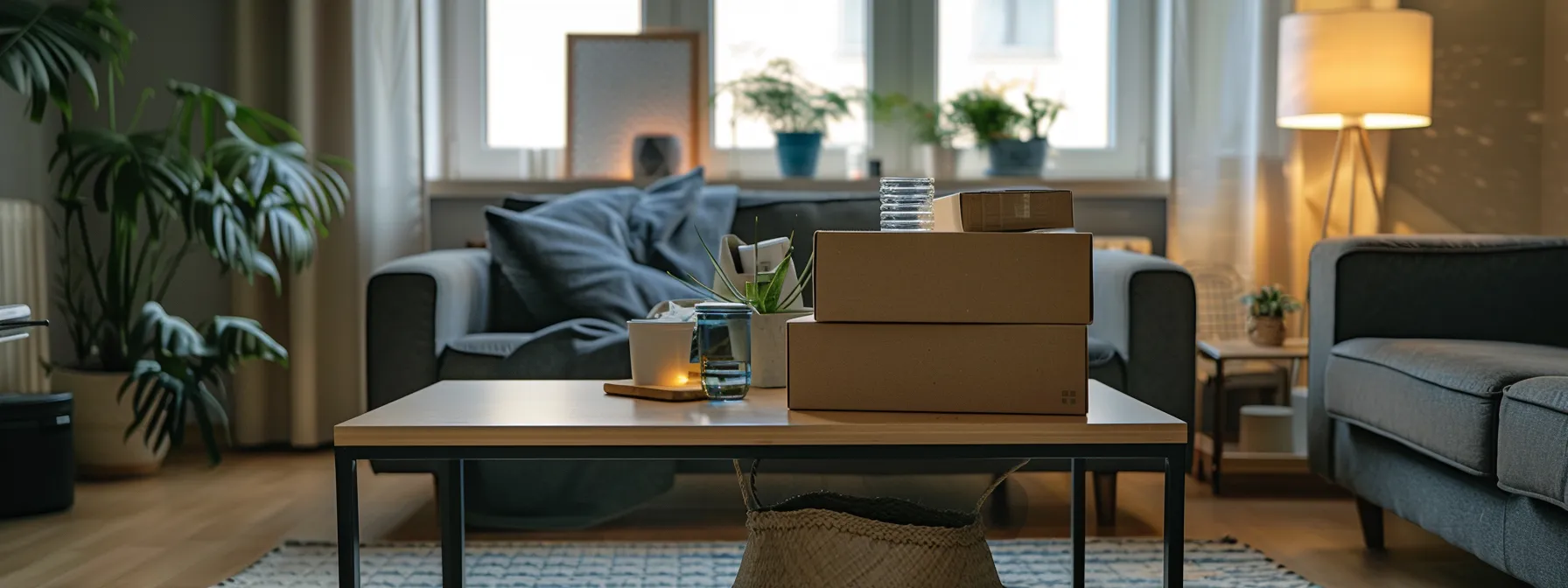
To settle into my new home comfortably, I focus on a few essential tasks. First, I unpack strategically, starting with the essentials to ensure I have what I need right away. Next, I check all my belongings for any damage incurred during the move. Getting acquainted with my new neighborhood helps me feel more settled, while securing my new home and setting up safety measures is a must. Lastly, I establish new routines and stay organized to make my transition seamless.
Unpack Strategically Starting With Essentials
When unpacking after an interstate move, I always focus on starting with the essentials to make my transition smoother. I prioritize items that I need immediately, such as toiletries, basic kitchen supplies, and a few changes of clothing. By taking this strategic approach, I can quickly settle into my new home without feeling overwhelmed by the unpacking process, allowing me to focus on adjusting to my new environment and getting back to daily routines.
Check Belongings for Any Damage
After my interstate move, I made it a priority to check my belongings for any damage. I carefully inspected each box, looking for any signs of wear and tear that could have occurred during transport. By documenting any issues immediately, I was able to address them with my moving company and ensure the proper claims process was followed, providing myself with peace of mind and accountability as I settled into my new home.
Get Acquainted With Your New Neighborhood
As someone who has relocated several times, I understand the importance of getting acquainted with my new neighborhood. I recommend taking walks around the area to explore local parks, shops, and restaurants, which not only helps familiarize me with my surroundings but also allows me to connect with my new community. Another useful tip is to engage with local social media groups or neighborhood apps that provide information about events and resources, making it easier to settle in and feel at home in the new environment.
- Take walks to explore your local parks, shops, and restaurants.
- Engage with local social media groups or neighborhood apps.
- Attend community events to meet your new neighbors.
Secure Your New Home and Set Up Safety Measures
Securing my new home and establishing safety measures was one of the first things I prioritized after moving in. I changed the locks on all entrances to ensure that only I had access, which provided peace of mind. Additionally, I took the time to inspect smoke detectors and carbon monoxide alarms, replacing batteries as necessary, to maintain a safe living environment that protects both my belongings and my family.
Establish New Routines and Stay Organized
After my interstate move, establishing new routines was key to feeling at home in my new environment. I prioritized setting specific times for daily activities, such as meal prep and exercise, which made my transition smoother and more manageable. By organizing my schedule around my new home, I not only created a sense of stability but also ensured that everything from unpacking to exploring the neighborhood fit neatly into my day-to-day life, making the adjustment less overwhelming.

